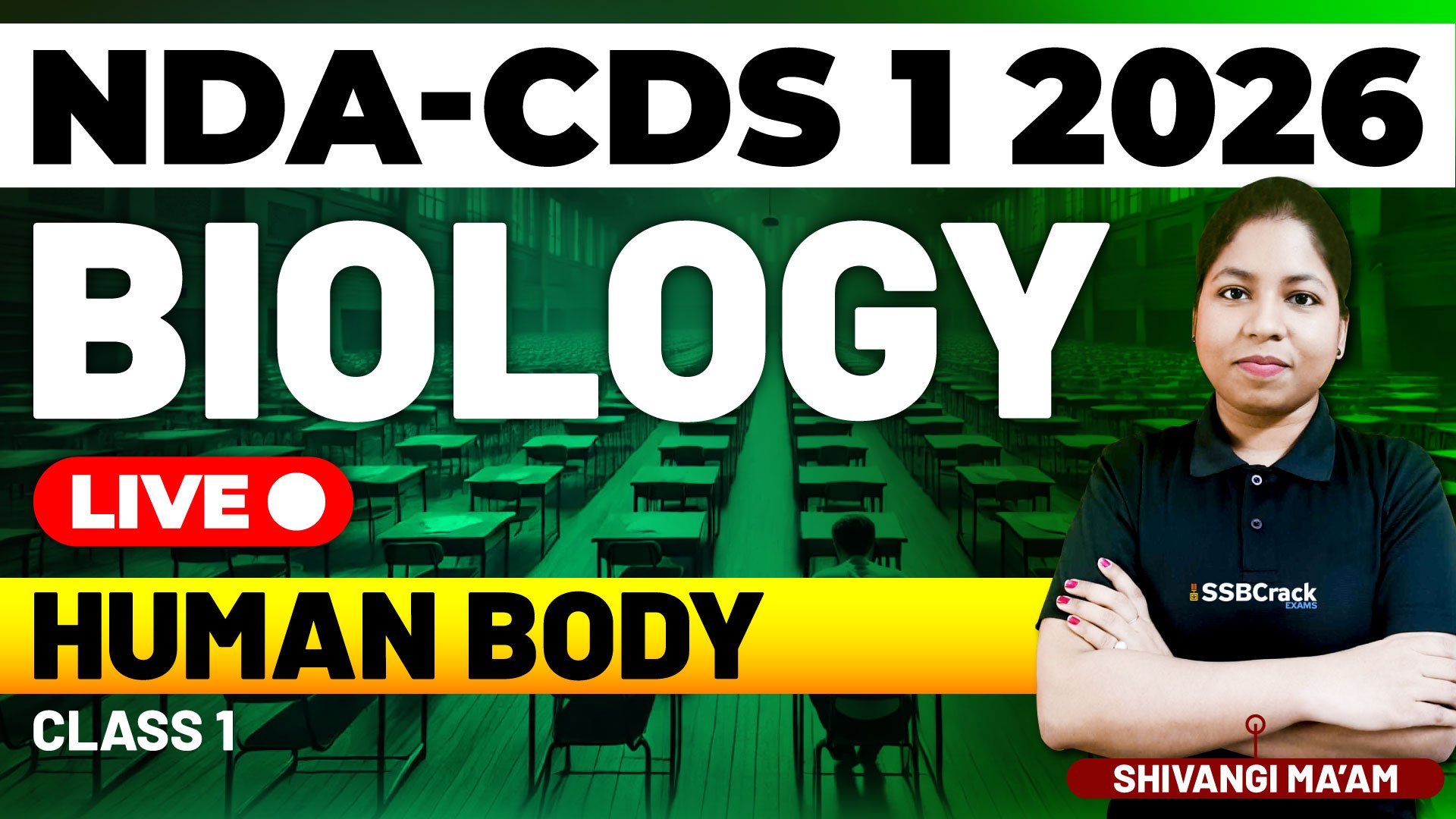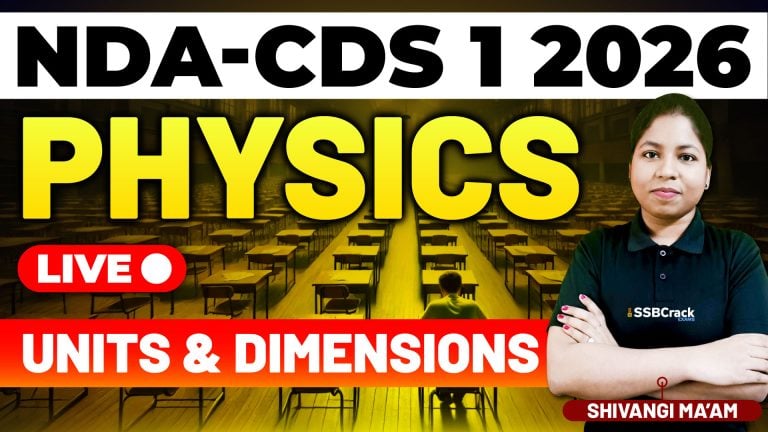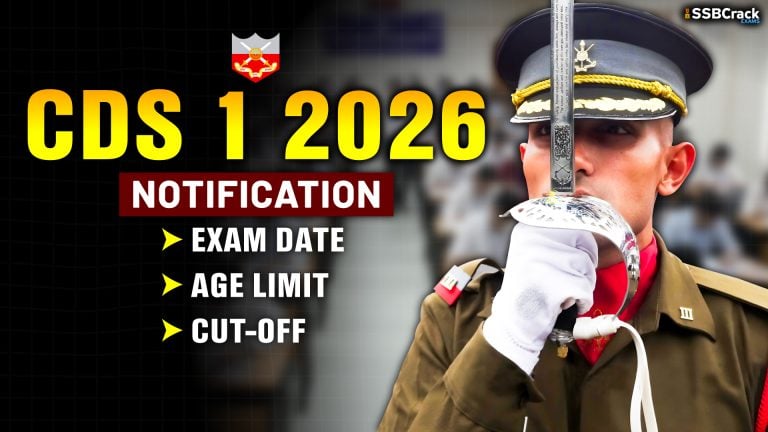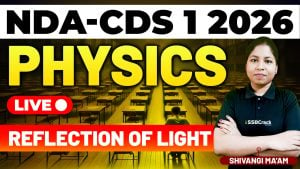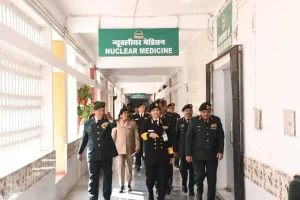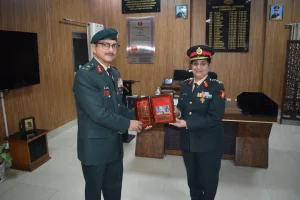Introduction
The human body is a complex system of organs working together to maintain life. Two vital systems that ensure energy supply and oxygenation are the Digestive System and the Respiratory System.
- The Digestive System converts food into nutrients and energy for growth, repair, and cellular functions.
- The Respiratory System provides oxygen for cellular respiration and removes carbon dioxide, a waste product.
Together, these systems play a central role in maintaining homeostasis and supporting the overall metabolic activities of the body.
I. Digestive System
1. Definition
The digestive system is a group of organs responsible for the ingestion, digestion, absorption, and assimilation of food, and elimination of waste.
2. Major Organs and Structures
- Mouth and Buccal Cavity – Teeth, tongue, salivary glands; mechanical and chemical digestion begins here.
- Pharynx and Esophagus – Passage for food; movement via peristalsis.
- Stomach – Secretes gastric juice containing HCl and pepsin for protein digestion.
- Small Intestine – Site of most digestion and absorption; aided by bile (from liver) and pancreatic enzymes.
- Large Intestine – Absorbs water and minerals; forms feces.
- Anus – Expels undigested waste.
3. Accessory Organs
- Liver – Produces bile; detoxifies chemicals.
- Pancreas – Secretes digestive enzymes and hormones (insulin, glucagon).
- Gallbladder – Stores bile.
4. Digestive Enzymes and their Functions
- Amylase – Starch → Maltose
- Pepsin – Proteins → Peptides
- Lipase – Fats → Fatty acids and glycerol
5. Functions
- Conversion of food into absorbable nutrients.
- Supply of energy for bodily functions.
- Maintenance of metabolic balance.
II. Respiratory System
1. Definition
The respiratory system enables the exchange of oxygen (O₂) and carbon dioxide (CO₂) between the body and the environment.
2. Major Organs and Structures
- Nose/Nasal Cavity – Filters, warms, and moistens air.
- Pharynx and Larynx – Air passage and sound production.
- Trachea – Windpipe lined with cilia and mucus to trap dust.
- Bronchi and Bronchioles – Air distribution to lungs.
- Lungs – Main organs of respiration containing alveoli (site of gas exchange).
- Diaphragm – Muscular structure aiding breathing.
3. Mechanism of Breathing
- Inhalation (Inspiration): Diaphragm contracts → lungs expand → air enters.
- Exhalation (Expiration): Diaphragm relaxes → lungs contract → air is expelled.
4. Gas Exchange and Transport
- Occurs at alveoli (O₂ enters blood, CO₂ exits).
- Hemoglobin carries O₂ as oxyhemoglobin.
- CO₂ transported as bicarbonate ions in plasma.
5. Cellular Respiration
O₂ is used in cells to break down glucose → energy (ATP) + CO₂ + H₂O.
Equation:
C₆H₁₂O₆ + 6O₂ → 6CO₂ + 6H₂O + Energy (ATP)
Conclusion
The Digestive and Respiratory Systems are interconnected — the digestive system provides nutrients and the respiratory system provides oxygen, both essential for cellular respiration and energy production. A balanced diet, clean air, and healthy lifestyle habits are crucial for maintaining their proper function and ensuring overall well-being — vital for candidates aspiring to join the Indian Armed Forces through the NDA/CDS.
